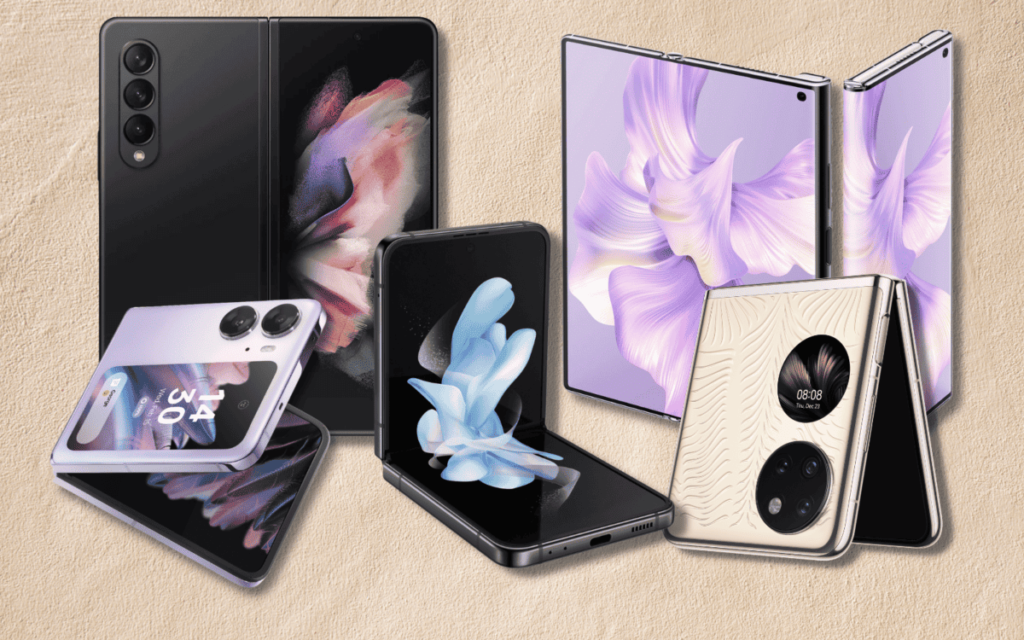The future of foldable phones has been a hot topic ever since Samsung unveiled the first foldable device back in 2019. Since then, other manufacturers like Huawei, Motorola, and even Google have joined the trend. But as we move into 2025, one burning question remains: Are foldable phones truly worth the hype?
What Are Foldable Phones?
Foldable phones are exactly what they sound like—smartphones that fold, offering users the ability to switch between a compact phone and a larger tablet-like screen. The most common designs include the “clamshell” and “book-style” fold, each offering a different way to expand your device’s display.
The Benefits of Foldable Phones
-
Versatility & Larger Display: One of the main advantages of foldable phones is their versatility. They provide a larger screen without the bulk of a tablet, making them ideal for multitaskers, media consumers, and gamers. With advancements in OLED technology, these foldable screens offer vivid colors and a smooth experience, whether you’re streaming your favorite show or playing a high-definition game.
-
Portability: When folded, these devices are compact enough to fit in your pocket, offering the convenience of a smaller phone but with the added benefit of a larger screen when needed.
-
Innovative Design: Foldable phones represent a significant leap in mobile design, showcasing cutting-edge technology that appeals to early adopters and tech enthusiasts looking for something new.
The Disadvantages of Foldable Phones
-
Durability Concerns: Despite improvements, durability remains a significant challenge. The folding mechanism and screens are more vulnerable to wear and tear compared to traditional phones. Early models were especially prone to damage, and while newer versions are better, the long-term durability still remains a concern.
-
High Price: Foldable phones tend to be much more expensive than traditional smartphones, making them a less appealing option for many users. The high cost is a barrier, particularly when standard smartphones now offer many of the same features at a fraction of the price.
-
Limited App Optimization: While apps are improving, not all of them are fully optimized for the foldable experience. Some apps don’t take full advantage of the larger screen, meaning users don’t always get the best experience when the phone is unfolded.
-
Battery Life: Foldable phones are often equipped with larger screens, but this can sometimes mean less efficient use of battery life. Due to their folding mechanism, manufacturers are still figuring out how to maintain a balance between size, power, and battery efficiency.
Are They Worth It?
So, are foldable phones worth it? The answer depends on your needs and budget. If you value cutting-edge technology and want a device that offers both a compact phone and a larger screen in one, foldables could be a great option for you. However, if you’re looking for a more affordable, durable, and practical phone, you might want to stick with conventional models for now.
Conclusion
The future of foldable phones looks promising as technology improves, but they may not be for everyone just yet. As manufacturers continue to refine the design and durability, foldable phones could become a mainstream choice for users looking to push the boundaries of mobile technology.
Discover more on MediaBites and follow us on Instagram @mediabitespk for daily stories that inspire.


